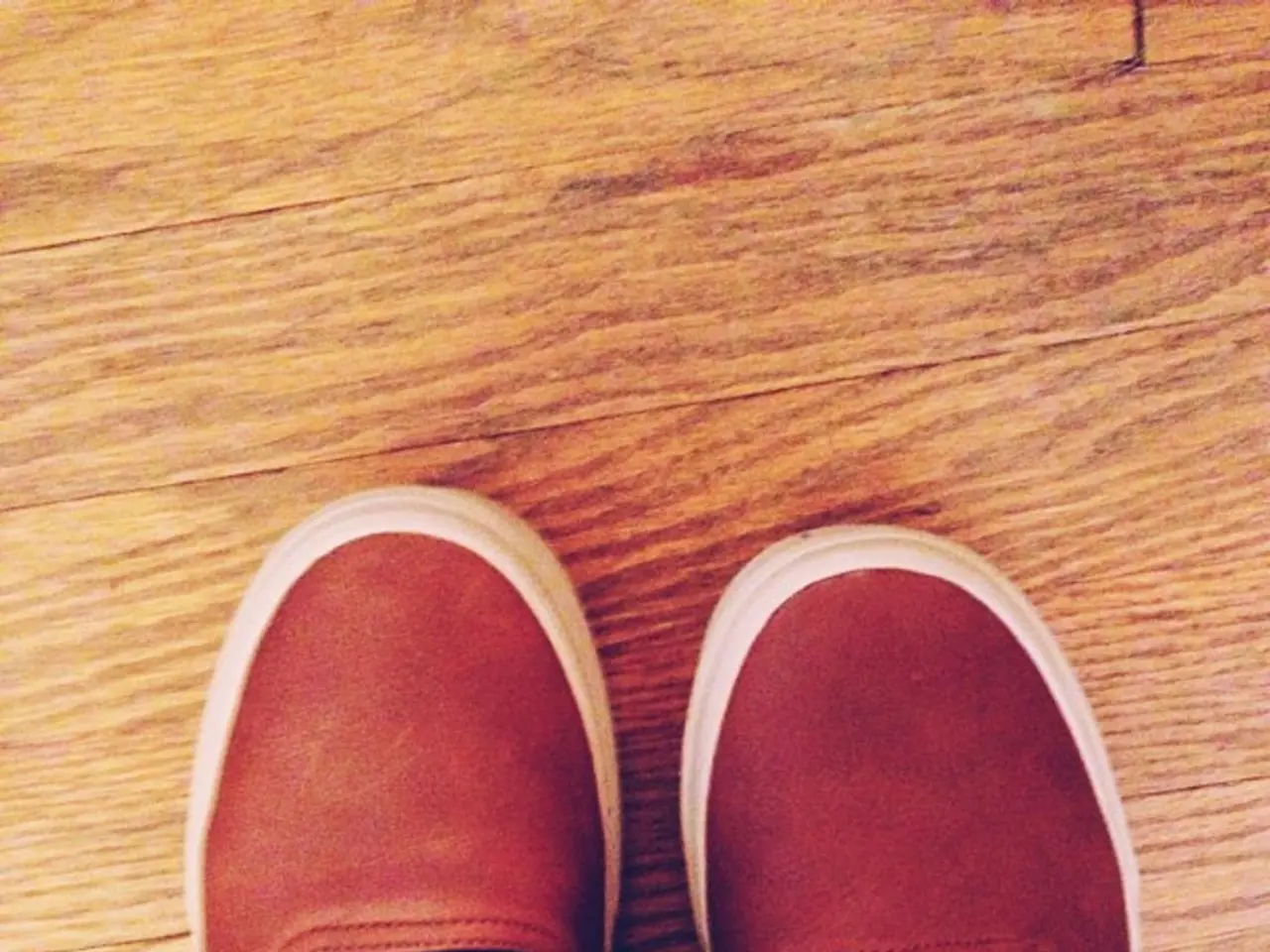Removing heel spurs: Available treatments and workout suggestions
Plantar fasciitis and heel spurs are common foot conditions that can cause discomfort and pain, particularly for adults aged 40-60. While they share some similarities, they are distinct conditions.
Plantar fasciitis, a leading cause of heel pain, is characterised by inflammation of the plantar fascia - the tissue that supports the arch of the foot. Common symptoms include sharp heel pain, particularly in the mornings, tightness in the arch, and pain after a long period of rest or after sleeping. The condition can be triggered by a variety of factors, including overuse, poor footwear, foot structure, obesity, and physical factors such as tight calf muscles and limited ankle flexibility.
Heel spurs, on the other hand, are bony growths that extend from the heel bone to the arch of the foot. They are often associated with plantar fasciitis but are not the same condition. While not all heel spurs are painful, up to 85% of people with heel spurs also have plantar fasciitis. The two conditions share risk factors, and treatment strategies often overlap.
Effective management of plantar fasciitis typically involves a combination of lifestyle changes, supportive measures, and targeted therapies. Rest and activity modification, ice, stretching and strengthening exercises, orthotics and supportive footwear, weight management, anti-inflammatory medications, physical therapy, night splints, corticosteroid injections, and extracorporeal shock wave therapy (ESWT) are common treatment options. Most people experience significant relief with these conservative treatments, especially when started early. Surgery is rarely necessary and reserved for cases that do not respond to other therapies.
Heel spurs can also be managed with various treatments. Stretching exercises, such as the towel stretch, heel cord stretch, towel curls, and golf ball roll, can help alleviate symptoms of heel pain and improve flexibility. In addition, wearing supportive and well-fitting shoes, warming up and stretching before exercise, maintaining a moderate weight, and addressing any biomechanical imbalances can help reduce the risk of heel pain.
In conclusion, understanding the causes, symptoms, and treatments of plantar fasciitis and heel spurs can help individuals take proactive steps to manage these conditions and maintain foot health. If you are experiencing heel pain, it is important to consult a healthcare professional for a proper diagnosis and treatment plan.
- Obesity, tight calf muscles, limited ankle flexibility, and poor footwear are some risk factors that may lead to the development of the chronic medical condition, plantar fasciitis, a common cause of heel pain.
- The predictive science of health and wellness suggests that regular fitness and exercise, including stretching and strengthening exercises, could potentially reduce the risk of experiencing symptoms of plantar fasciitis or heel spurs.
- Since heel spurs are often associated with plantar fasciitis, managing chronic diseases like these foot conditions may require a targeted approach similar to what is used for bipolar disorders – aiming for a balance of various treatment strategies such as lifestyle changes, medications, and therapy.
- Chronic conditions like plantar fasciitis and heel spurs can lead to obesity due to an inability to engage in fitness and exercise, creating a vicious cycle that affects both health and wellness.
- The AQ (Abbreviation for Autism-Spectrum Quotient) and other psychological assessments are not typically used in the diagnosis or treatment of foot conditions like plantar fasciitis and heel spurs, but they contribute to the holistic view of a person's medical-conditions, encompassing both physical and mental aspects.
- Incorporating foot health into a comprehensive understanding of health and wellness is essential, as chronic conditions such as plantar fasciitis and heel spurs can impact one's overall quality of life, particularly when it comes to maintaining fitness, exercise, and maintaining a healthy weight.




